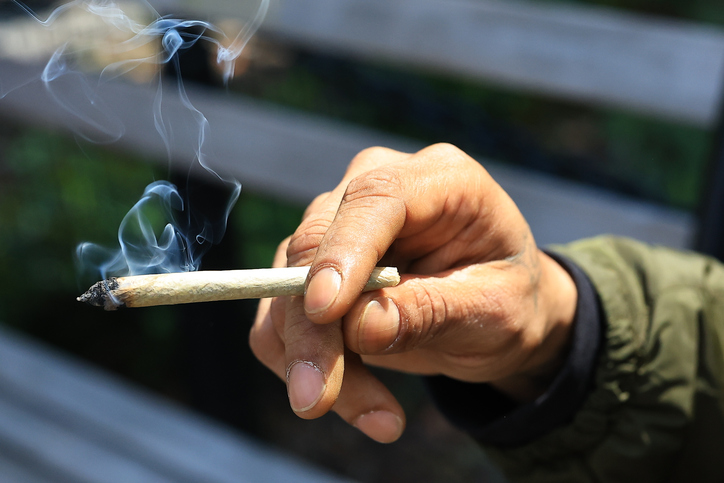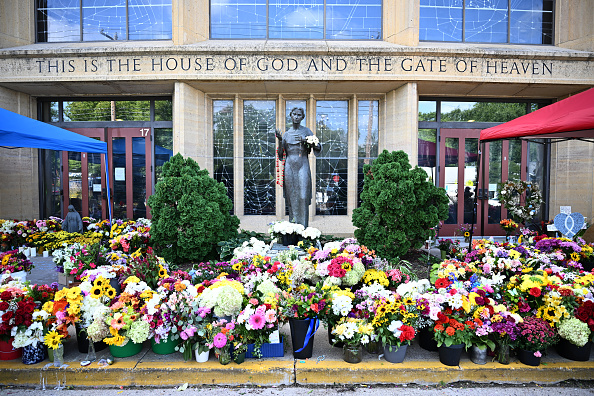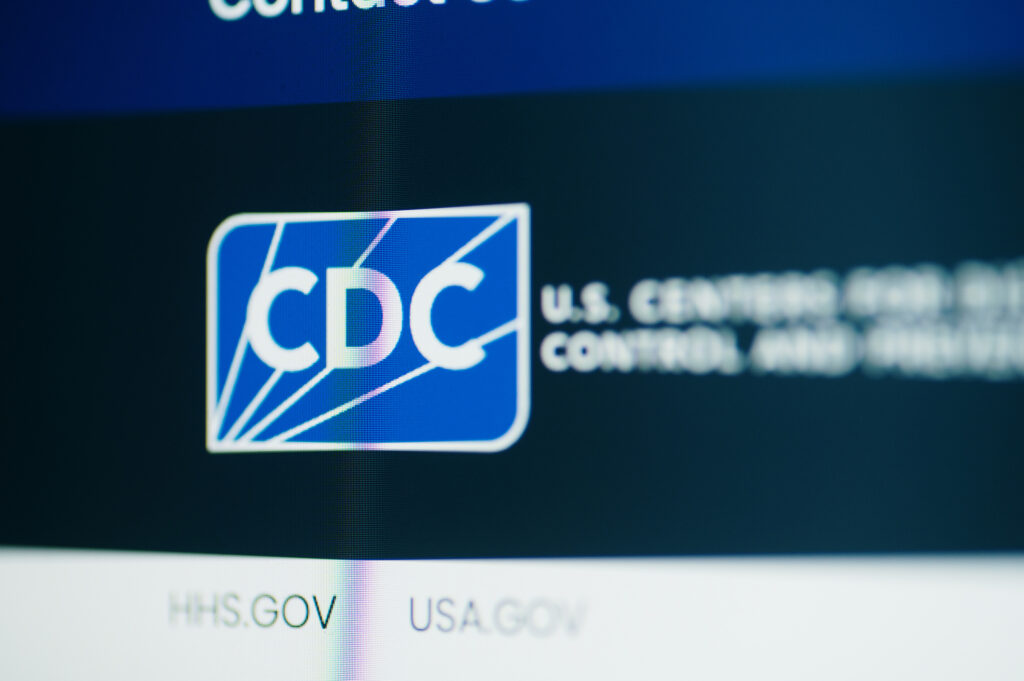Self-reported alcohol consumption among American adults is at its lowest in 90 years, a Gallup poll finds.
The poll found 54 percent of U.S. adults reported consuming alcohol, the lowest level in Gallup’s nearly 90 years of tracking the trend. The second-lowest rate, 55 percent, was recorded in 1958.
The annual Consumption Habits survey, conducted July 7 to July 21, also found 53 percent of Americans say drinking in moderation is bad for one’s health. That marks the first time a majority saw moderate drinking as having negative health effects since Gallup began asking in 2001.
Recorded alcohol consumption in the United States reached its zenith between 1974 and 1981, hovering between 68 and 71 percent.
‘A Positive Development’
The Gallup results are a good sign, says Chad Savage, M.D., founder of YourChoice Direct Care and a policy advisor to the Heartland Institute, which co-publishes Health Care News.
“The overall trend toward reduced alcohol consumption is a positive development,” said Savage. “This is especially true given recent research that overturns the early 2000s belief that low levels of alcohol consumption might be protective.”
The science has improved since then, says Savage.
“That earlier conclusion was based on lower-quality epidemiological studies, which were confounded by the inclusion of very ill individuals—who couldn’t drink—alongside those who simply chose not to,” said Savage.
Removing this confounding factor led to researchers finding “there is essentially no level of alcohol consumption that can be considered ‘safe,’” said Savage. Negative effects rise with higher levels of consumption, says Savage.
Switching to Alternatives?
While cannabis, or marijuana, use has been steady over the past year, it has risen over the past decade as more states have legalized its use.
“Alcohol is generally associated with higher levels of acute toxicity risk, but marijuana research is not as robust, potentially skewing a direct comparison,” said Savage. “Thus, a true apple-to-apple comparison is challenging. Better to avoid both substances due to their toxicity rather than determine which one will kill you less quickly.”
NYU researchers found in June record numbers of senior citizens are using cannabis, with 7 percent of adults aged 65 and older reporting use in the past month.
An Age Thing
The results of the Gallup survey have multiple causes, says Jeffrey A. Singer, M.D., a senior fellow at the Cato Institute.
“Younger generations, especially Gen Z, have been drinking less alcohol, using less marijuana, and smoking fewer cigarettes for some time, but this trend has increased,” said Singer. “Much of it might be due to changes in socialization and social norms among young people, along with a focus on wellness. Older generations are more accustomed to using alcohol in social settings and are slower to stop this practice.”
Access to substances can also be a factor, says Patrick T. Brown, a fellow at the Ethics and Public Policy Center.
“It’s hard to know exactly whether drugs and alcohol are substitutes or complements, but it’s safe to assume that making weed more accessible will cause usage to go up, as we have seen in states that have legalized it,” said Brown.
Open Door Policy
In an August City Journal article, Brown says President Trump’s plan would place cannabis on par with anabolic steroids and ketamine and “open the door for Big Weed to go mainstream” despite what Brown says are oversold health benefits and understated harms.
“Businesses now operating in a legal grey area could licitly deduct business expenses, access capital, and advertise openly,” Brown wrote.
Rescheduling cannabis to Schedule III, as President Trump is considering doing, which would greatly reduce federal restrictions on its medical and recreational uses, “would massively expand the ability for firms to market it, and build up a larger consumer base,” Brown told Health Care News.
Drugs do not have the same market effects as other products, says Brown.
“Drugs are not something that many free-market thinkers have seen as fitting a classical economics framework,” said Brown. “It’s hard to talk rationally about supply and demand when you have the potential for abuse and addiction for a given consumer product, which is why we recognize the need for government intervention on either the supply side or the individual treatment side.”
Autonomy and Safety
Singer argues market processes apply to drugs. In his book Your Body, Your Health Care, Singer says government “should not infringe on their right to use any substance or participate in any activity, as long as they do not violate the rights of others.”
Laws against public use or use while driving are acceptable, says Singer.
A common refrain of cannabis advocates is “marijuana is safer than alcohol,” with which Singer agrees.
“Generally speaking, weed is safer than alcohol,” said Singer. “One cannot fatally overdose on cannabis, whereas if one consumes too much alcohol at once, they can stop breathing and die.”
In addition, “there is no evidence that cannabis directly causes organ damage, whereas alcohol can cause cirrhosis, cancer, cardiomyopathy, and encephalopathy, including dementia,” said Singer.
Marijuana and Psychosis
Singer acknowledges cannabis use can lead to psychosis, something which author and cannabis opponent Alex Berenson argues may be linked to mass shootings such as the NYC office shooting and the Annunciation Catholic School shooting. (See related article)
“But drug-induced psychosis is not unique to cannabis,” said Singer. “For example, alcohol, steroids, stimulants, antihistamines, and even some antibiotics can induce psychosis.”
Harry Painter ([email protected]) writes from Oklahoma.




